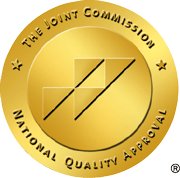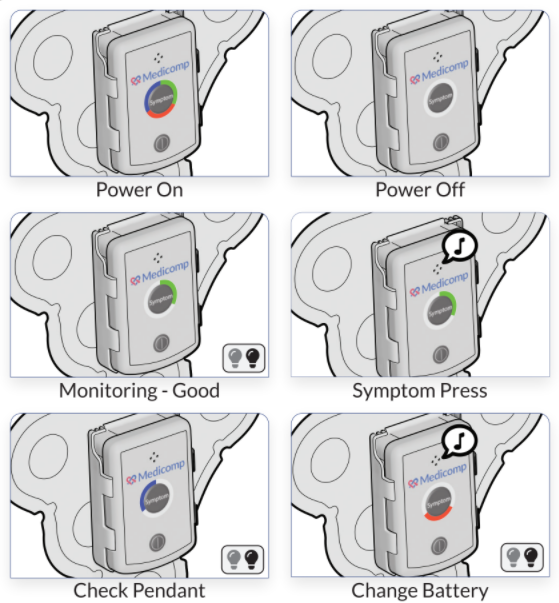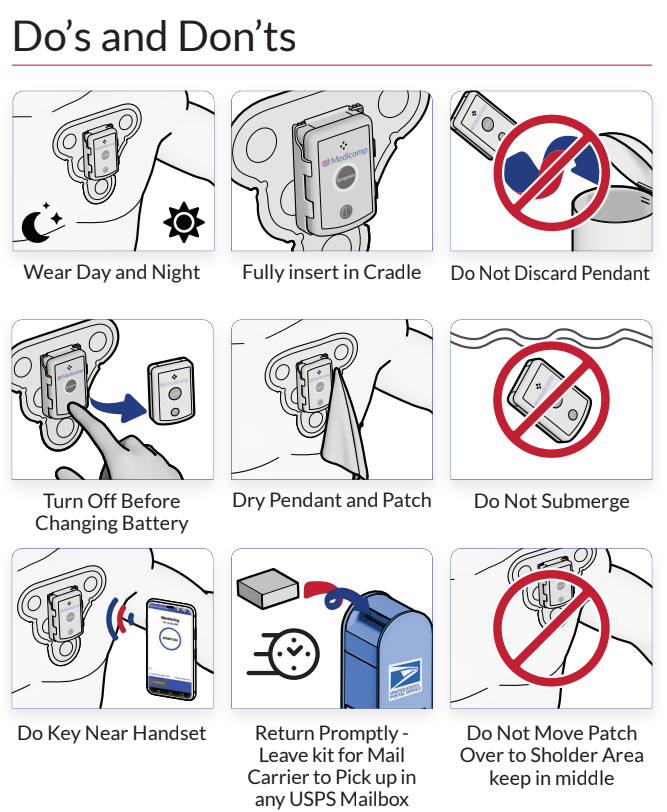The American Heart Association is urging physicians to better understand the risks of radiation exposure in cardiac monitoring procedures. Cardiac imaging is an important procedure for diagnosing life-threatening heart conditions; however, an inadequate understanding of the levels of radiation a patient is exposed to during each procedure may result in a debilitating condition in the long run. This is especially true for children who have younger tissue that can be affected. These children are at increased risk of developing conditions such as cancer due to the excess exposure to imaging-producing radiation. While some studies have indicated that the perceived risk is low or negligible, there are other findings that suggest complex procedures, filled with radiation, can increase risks for illness in the future.
Physicians should have a full understanding of the procedure, the radiation dose during each procedure, and the risks associated with the dose, especially for patients undergoing multiple procedures in a short period of time. The risks and benefits should also be discussed with the patient so they have an understanding of what to expect from the procedure.
Cardiac imaging procedures account for about 40% of the radiation exposure in medical-imaging procedures. That is why the American Heart Association stresses the importance of understanding the procedure and fully communicating the impact it can have on patients. Learning and practicing caution is a habit worth investing in when it comes to patient care. Minimizing extra complications from life-saving procedures is important to the overall well being of patients in the long run.
The American Heart Association is urging physicians to be fully transparent and to consider all variables before recommending a patient for imaging procedures that use radiation, in an effort to betterment the future of both young and old cardiac patients. Generally speaking, the risks associated with radiation exposure during imaging procedures are relatively low, and when the test is deemed necessary and appropriate by the leading physician, the benefits of the test significantly supersede the risks. However, each case varies and physicians should use their best judgement when looking into the appropriate procedure for each patient. To learn more about some of the latest news in cardiac monitoring and research, browse through the ReactDx Inc. blog page.



